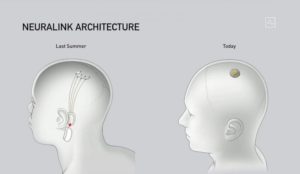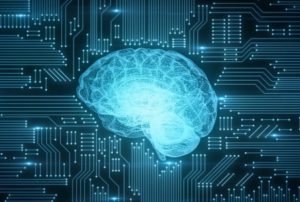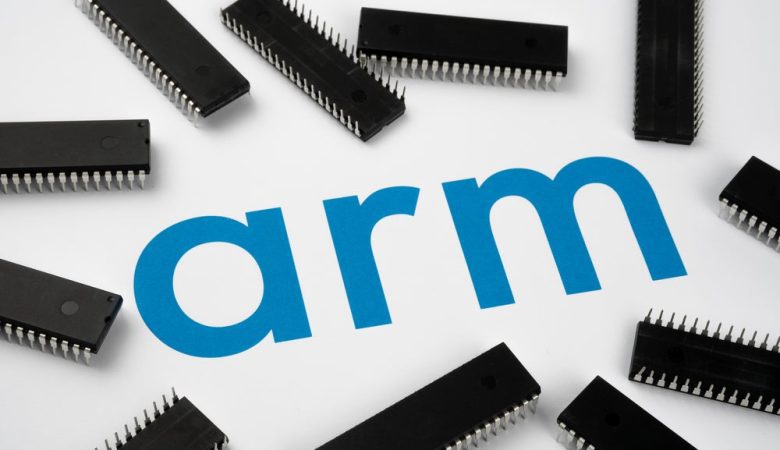Before the announcement of the neural device of the businessman Elon Musk, the CSIC neuroscientist explains the great challenges of implanting electronic devices in the brain.

At midnight on August 28, 2020, the light was finally activated on the channel of Neuralink , the neurotechnology company created by Elon Musk in 2016. The attractive symbol of the company, fused in black during the first 28 seconds of the video, is a memory of that long wait.
What Musk showed at this event was the progress made by his company over the last 2 years in the development of a brain implant that allows neuronal activity to be read through 1,024 electrodes inserted into the brains of roaming pigs.
Musk showed his company’s progress in the development of a brain implant that allows neuronal activity to be read through 1,024 electrodes
Three animals were shown: a non-implanted pig; the second with the device hidden under the skin that covers his skull broadcasting live signals; the third already without the implant. The idea was to show the safety of the invention, and it would have been a stellar performance if it weren’t for the fact that the latter resisted his own thing to leave the scenes.
What could be seen during the presentation was the activity of several neurons firing (firing, in technical jargon) as the animal moved around the stage. The firing of each neuron appeared as a small white dot. Each row a neuron; hundreds of them arranged in a matrix of data flowing continuously in real time.
At the bottom, in blue, the accumulated count of the total activity. As the pig persistently sniffed its surroundings, waves of coordinated shots followed. Later, around minute 18 of the video, you can see how by reading this activity it is possible to predict the steps of one of these implanted pigs, while walking on a treadmill.
A technological career

Musk’s promise to start implementing these devices shortly, after approval from the US Food and Drug Administration (FDA), reflects just a new episode of competition in the technology race. Many companies and research laboratories have been collaborating with neurosurgeons and neurologists for years in trying to apply this knowledge in a safe and controlled way.
Similar devices are already used to help brain-injured people move robotic arms; Deep electrode implants as a treatment for Parkinson’s disease or for the prediction of epileptic seizures. Many of these advances have been made possible by years of work with laboratory animals, which have served to fine-tune the technology and develop its applications.
Similar devices are already used to help brain-injured people move robotic arms; in Parkinson’s or for the prediction of epileptic seizures
Using similar approaches, vintage prototypes in light of what Neuralink now promises , and the invaluable collaboration of patients, it has been possible to access the record of human neuronal activity and attempt to decode it. There is nothing scary about it if we are in good hands: research financed with public and private funds subjected to the strictest controls. It is about understanding how we process information, how we control our arms and legs, how we generalize knowledge and represent the world.
But make no mistake. Neither of these promises is easy to achieve; They are not around the corner. They are one of the neurotechnological challenges of the moment. Musk’s idea that there are a lot of functions that these devices can do related to alerting us about a possible heart attack, a cerebral stroke or any other similar threat, as well as helping us to play music or start the electric car, are only points escape from a futuristic tale.
Protect science
Any advance is a double-edged sword. Nothing was said in the event of the complications of implanting a foreign electronic body in the brain; an aqueous and corrosive medium par excellence. Neither of the defense mechanisms that protect us and that will necessarily form a glial scar in the gray matter of pigs and men encapsulating electrodes and promoting infections, regardless of the species.
But make no mistake. Neither of these promises is easy to achieve; They are not around the corner. They are one of the neurotechnological challenges of the moment
The associated ethical aspects, which we all have to take care of protecting, were not discussed either. And much less is it mentioned that this is nothing more than a milestone on a path that is impossible to walk alone because the nature of the challenges, the questions and the consequences spill over in all directions: cure depression, manipulate conscience, edit the Memories are big words.
We need more collective effort to understand our most complex organ. Science is the solution to the pandemics that paralyze us, to the questions that accompany us, to the forces and accidents that limit us. Let’s protect it together. Let’s be serious.











